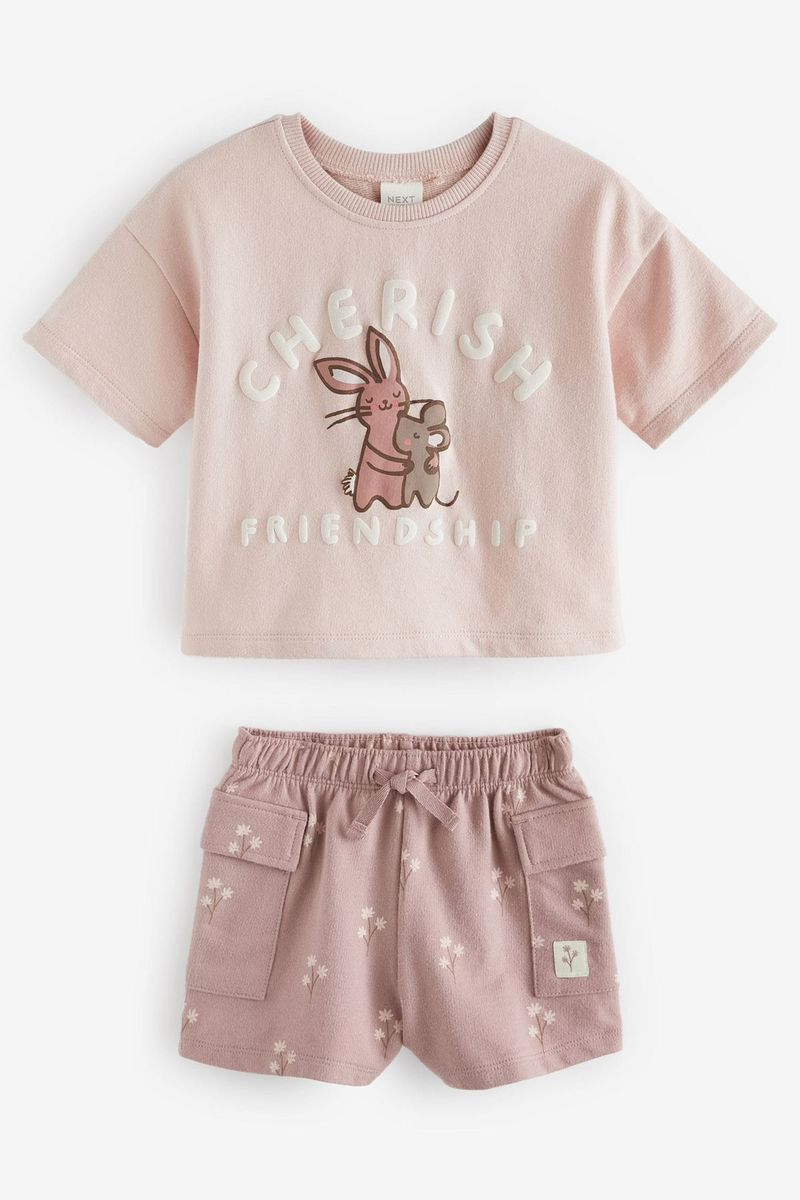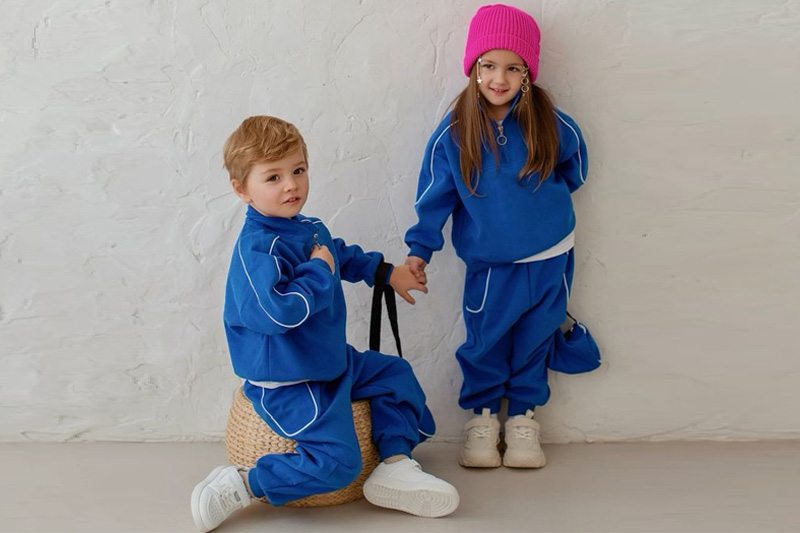I’ve held enough toddler t-shirts in my hands to know—embroidery on kids' clothes isn’t just about looking cute. It’s got to feel good, wear well, and tell the right story. Whether you're a brand buyer, a designer, or a supplier, getting embroidery right makes the difference between something kids love to wear and something that ends up buried in a drawer.
When choosing embroidery for children's clothing, prioritize softness, durability, and brand alignment. Make sure embroidery doesn't irritate sensitive skin, use high-quality threads and secure stitching, and choose designs that reflect your brand's voice. Consider minimal vs. bold embroidery depending on garment purpose, and always opt for kid-safe, colorfast materials that can handle frequent washing and play.
Picking the right embroidery isn’t just a design choice—it’s a trust decision. Let’s break down what really matters.
Is it soft enough? Prioritizing comfort for sensitive young skin
You know what’s worse than a scratchy label on the neck of a shirt? A scratchy embroidered patch right over a kid’s chest. I’ve made that mistake once, and let’s just say… that shirt didn’t make it past one wear.
For children’s clothing, embroidery must be soft and non-irritating. Use smooth, low-pile backing, soft threads like cotton or polyester, and avoid dense stitching directly against skin. Always test for comfort—if it feels rough on your wrist, it’s too rough for a toddler’s belly.
Here’s something I’ve learned from countless samples and feedback: kids won’t lie about comfort. If something itches or feels strange, they’ll tug at it, scratch it, or flat-out refuse to wear it. And parents? They remember that.
So when I help clients design kidswear embroidery at Taian Lianchuang Textile Co., Ltd, we always talk about three things first: the feel, the placement, and the finish.
Embroidery Backing: The Unsung Hero
Using soft backing like brushed tricot or tear-away stabilizers prevents thread from poking through. Here’s a quick look at common choices:
| Backing Type | Comfort Level | Best For |
|---|---|---|
| Brushed tricot | ★★★★★ | Babywear, tees |
| Tear-away stabilizer | ★★★★☆ | Light knits, casual tops |
| Heat seal backing | ★★★☆☆ | Occasional wear items |
Also—less density = more comfort. Avoid designs that feel like armor on soft cotton.
Keep it secure: Why durability matters more than decoration
Let’s be real: kids don’t just wear clothes—they test them. Climbing, rolling, snack-spilling chaos. Embroidery needs to hold up.
Durability is essential in kidswear embroidery. Use tightly stitched designs, double backing where needed, and quality threads that resist fraying. Placement also matters—avoid edges that rub or catch. Embroidery should survive rough play, repeat washes, and the occasional ketchup explosion.
If you've ever seen a flower appliqué come halfway off a dress mid-playdate, you know the pain. The right supplier will test embroidery after washing, drying, and light pulling. You’d be surprised how much fails those tests—and ends up damaging a brand’s image.
Match the mood: Choosing embroidery styles that fit your brand’s voice
Embroidery is like handwriting—every stitch says something about your brand. Is it whimsical? Modern? Nature-inspired?
Choose embroidery styles that reflect your brand’s identity and appeal to your target customers. Soft pastels and simple animals may suit babywear, while bold icons and slogans work for trendy tweens. The design, color palette, and stitch type should all align with your brand’s story and values.
Here’s how we often guide new clients:
- Eco-conscious brand? Go for neutral tones, nature motifs, and organic thread.
- High-street fashion look? Abstract shapes, metallic threads, bold placement.
- Educational or character-driven line? Lettering, story-based embroidery, fun patches.
The embroidery should feel like an extension of the brand—not a random sticker slapped on.
Less is more: When to use subtle embroidery versus bold statements
Sometimes, a tiny embroidered heart near the hem says more than a full chest graphic. Other times, a statement patch makes the outfit.
Use subtle embroidery for basics and layering items; opt for bold statements on signature or statement pieces. Subtle details can add perceived value and versatility, while larger designs capture attention and boost shelf appeal—especially for front-facing retail displays.
I've had buyers from Europe request tiny, minimalist embroidery—barely noticeable, but elegant. Meanwhile, North American clients love bold color-block appliqués and themed iconography. It’s not just about taste—it’s about context and product purpose.
Materials matter: The best threads and fabrics for kid-friendly designs
Good embroidery starts with good materials. If the thread frays or bleeds color, it doesn’t matter how cute the design is.
For children's embroidery, use soft, colorfast, OEKO-TEX certified threads like polyester or rayon. Avoid metallics or rough finishes unless layered with soft backing. Always pair embroidery with stable base fabrics like cotton or cotton blends to reduce puckering and stretching.
Thread Choices at a Glance
| Thread Type | Pros | Best Use Case |
|---|---|---|
| Polyester | Durable, colorfast, affordable | Everyday kidswear |
| Rayon | Soft, vibrant, smooth finish | Dressier pieces |
| Cotton | Natural feel, matte texture | Organic clothing lines |
| Metallic | Eye-catching, but rougher texture | Occasional accents, not base |
And yes—certifications matter. Especially when parents in Europe or Australia are involved. They’ll ask. Be ready.
Conclusion
Great embroidery for kidswear doesn’t shout—it speaks. Through texture, color, and care, it tells parents: “We thought about your child.” That’s what keeps brands remembered—and clothes loved.



